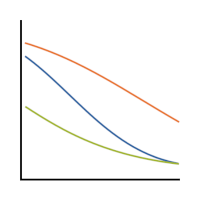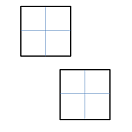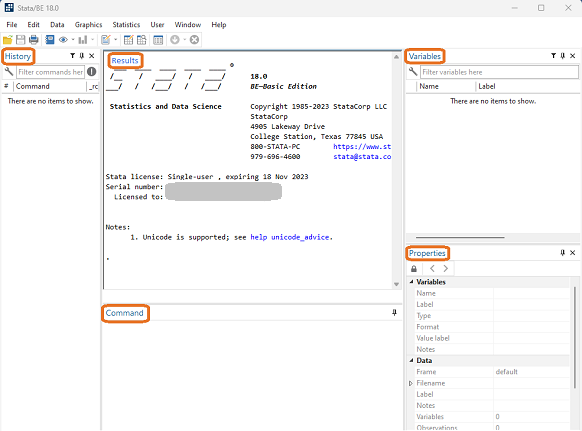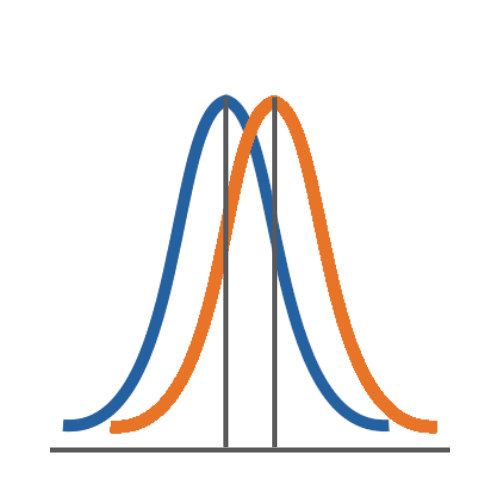Previous Posts
The classic way to compare means in analysis of variance is examining pairwise differences in means after an F test.. It’s great for many problems, but sometimes your research question isn’t about pairwise differences. Pairwise differences are not ideal if your research question is if, like the Sesame Street song, one of these groups is […]
A great way to get started with Stata is using its menus. The first part of this Tutorial Series introduced you to Stata’s windows. You can now begin learning how to use Stata to work with data. Across the top are 8 tabs: File, Edit, Data, Graphics, Statistics, User, Window, and Help. We will not […]
One of the hardest steps in any project is learning to ask the right research question!
Designing experiments would always be simple if we could just randomly assign subjects to different treatment conditions with no other restrictions. Unfortunately, that doesn’t always work. For example, there are many experimental situations where the subjects aren’t independent of each other. The subjects that are related to each other are combined into clusters called “blocks.” […]
So, you want to get started with Stata? Good choice! At The Analysis Factor we recommend first becoming proficient in one statistical software. Then once you’ve progressed up to learning Stage 3 skills, adding a second statistical software. Whether it’s your first, second, or 5th statistical software, Stata has a lot that makes it worth […]
What do you do if the assumptions of linear models are violated?
Effect size statistics are all the rage these days. Journal editors are demanding them. Committees won't pass dissertations without them. But the reason to compute them is not just that someone wants them -- they can truly help you understand your data analysis.
One of the most difficult steps in calculating sample size estimates is determining the smallest scientifically meaningful effect size. Here's the logic: The power of every significance test is based on four things: the alpha level, the size of the effect, the amount of variation in the data, and the sample size. The effect size in question will be measured differently, depending on which statistical test you're performing.
Exact and randomization tests are simple from a conceptual level and need fewer assumptions than traditional parametric tests. They do require substantial computing power, but nothing that can’t be handled by the computer you have today.
In repeated measures data, the dependent variable is measured more than once for each subject. Usually, there is some independent variable (often called a within-subject factor) that changes with each measurement. And in longitudinal data, the dependent variable is measured at several time points for each subject, often over a relatively long period of time.










 stat skill-building compass
stat skill-building compass